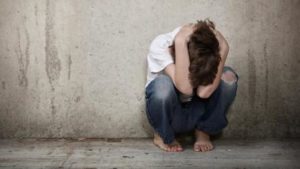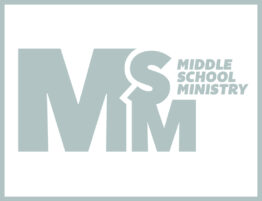
A kid is a kid is a kid. . . or so I thought when I first got started in youth ministry. Somehow and some way, I missed the fact that each and every one of these precious image-bearers had a unique story. It wasn’t so much was I saw as I looked into their eyes that made them who they were, but what had happened or not happened over the course of their lives. Yes, I understood that we live in a broken world. And I understood that all kids long for redemption. I knew that they were, as the Apostle says, “groaning” to be made whole. But I really had no idea how the unique combination of brokenness had factored into shaping who they had become and who they were becoming for the rest of their lives.
Over the course of last three decades, I’ve looked more closely at how several types of brokenness (divorce, abuse, fatherlessness, etc.) form and deform our kids. A couple of weeks ago, some helpful research on these matters that I had somehow missed came to my attention. Our CPYU Facebook Reading/Discussion Group has been working through Jonathan Haidt and Greg Lukianoff’s The Coddling Of The American Mind: How Good Intentions and Bad Ideas are Setting Up A Generation For Failure. In their chapter on “Paranoid Parenting” (a whole other subject!), they mention research that had been conducted on Adverse Childhood Experiences, or ACE. My curiosity was pricked and I jumped into a quest to learn more about ACE. What I found was fascinating, frightening, compelling, and eye-opening.
The chatter about ACE all began back in the late 1990’s when the CDC and the Kaiser Permanente not-for-profit health plan set out to determine the long-term effects of childhood trauma. Using a sample of 17,337 participants (half male/half female, 75% white, 75% had attended college, average age of 57, and all working with good healthcare), researchers asked questions about childhood experiences and current health issues.
Source: CPYU



